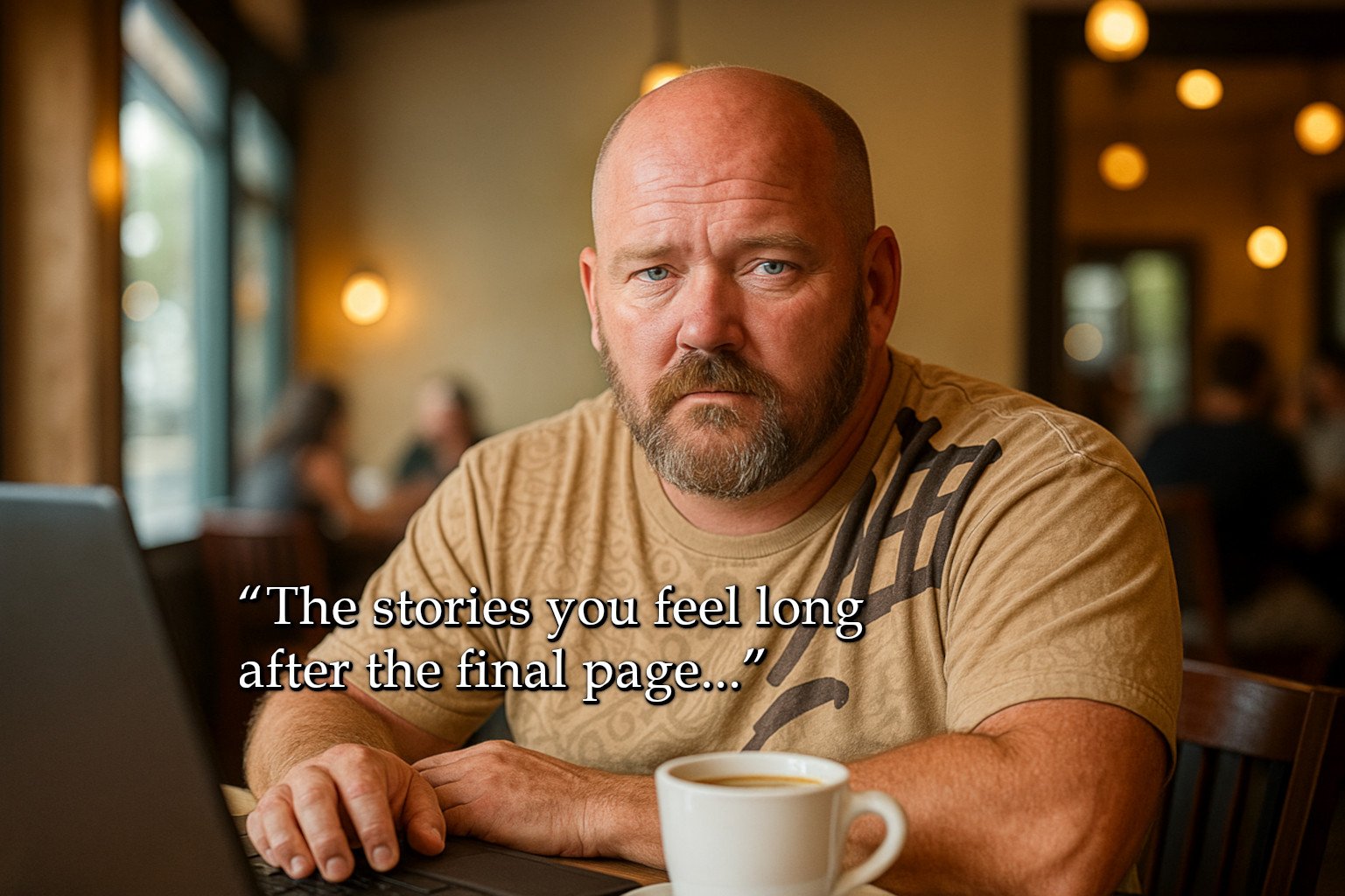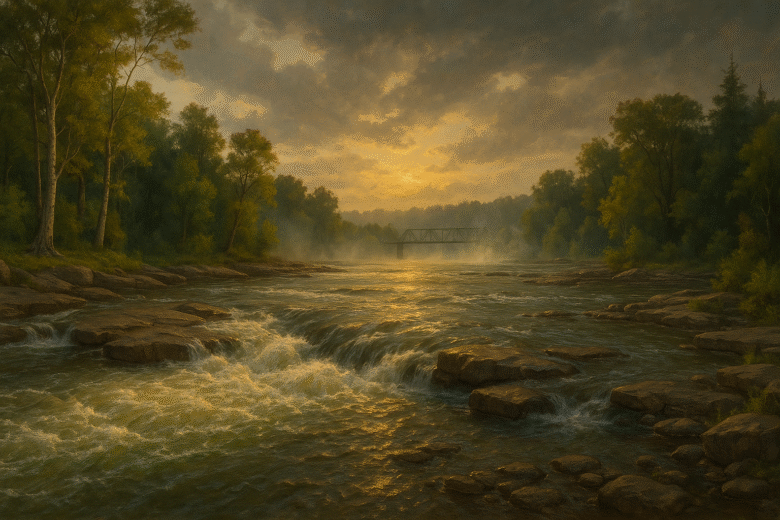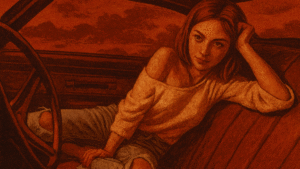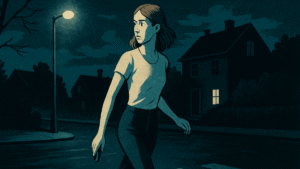The river wrote its name on me a long time ago. Not with a pen. With rocks, cold shock, and that deep, thunder-in-your-ribs sound you feel before you hear. The Rappahannock River signed me in permanent ink.
Back then we were a crew of water-dumb kids who thought gravity was a dare. We’d climb, count, and jump, aiming for the boil, not the calm. You hit the skin of the river, and it hits back, slap, tumble, spin. The world goes bubbles and roar. You surface laughing, coughing, louder than the water. Someone yells, “Again.” Someone else is already running. That’s how scars happen. That’s also how you learn what your body can take, and what it can’t.
Years later, Fredericksburg changed. The old Embrey Dam, with its concrete spine across the river, came down. On February 23, 2004, they blew a hole in it with a controlled explosion and set the flow free. It had been there since around 1910, first built for power and water, then hanging on mostly as a landmark when those jobs moved elsewhere.
I remember thinking, the river’s about to remember itself.
Dams do more than hold back water. They hold back stories. Fish that used to run upstream to spawn hit a wall and turn into a rumor. Anglers talk about how it “used to be.” Kids grow up thinking the river is supposed to stop there. But once Embrey cracked, the Rappahannock River and Rapidan re-opened, miles and miles of old routes breathing again, something like 106 miles of main river made passable for migratory fish. Shad. Herring. Eel. The old names coming home.
I didn’t watch the blast in person, but I’ve replayed the footage more than once. That white bloom of spray, the puff of dust, the crowd noise folding into the river’s roar. You don’t often get to see a barrier become a current. You don’t often get to watch a place heal on a schedule.
If you grew up here, the river’s part of your internal map. It’s the smell after a storm. It’s the first cold shock of spring that says, “Wake up.” It’s the hush under a bridge and the shout at the fall line. It’s the tacky scrape on your shin that never quite fades, the one that makes you grin when your fingers find it. That scar is a receipt. You were there; you paid in skin; you belonged.
I’ve thought about why the river gets louder in memory. Part of it is simple, youth makes every echo longer. But part of it is that water is honest. A river doesn’t care if you’re tough. It doesn’t care if you’re scared. It cares if you respect it, and it teaches you fast if you don’t. The first lessons are practical. Read the current, watch the feet, don’t show off for the wrong reasons, keep your buddy in sight. The later lessons land softer and stick deeper. The momentum beats brute force, small adjustments save big problems, and most fights aren’t worth having if you can just move around them.
When Embrey fell, I heard people say the river wouldn’t feel the same without the drop, less drama, less spectacle. Maybe. But “same” was never the point. Rivers aren’t meant to stay the same. They’re meant to move, to take a thousand tiny paths to the same end, to change you as you walk alongside them year after year. We trade the big white fan of water the dam forced for a different kind of beauty, the kind you don’t stage, the kind that sneaks up on you when a shadow slips under your feet and you remember shad used to run here in numbers, then you see them actually doing it now because the way is clear again.
I go back when I can. I find a quiet bend where the city noise can’t quite reach and let the river do its old work, scrubbing the static, sanding down the edges. I watch the surface for tells. A wrinkle where a rock shoulders through, a slick where the water quickens, a dimple against an eddy line. The language comes back fast. You don’t forget. Your body remembers the angles and the timing, how to plant a foot and lean, how to ride a push without fighting it.
People ask why I talk about the Rappahannock River like it’s a person. Easy! Because it talked to me first. It taught me consequences and calm. It gave me places to test myself that weren’t about trophies, just showing up, getting wet, climbing out, doing it again. When the dam went, it taught me one more thing. Sometimes the right move is subtraction. Take the weight off the flow, and life finds the old channel on its own.
The Rappahannock River doesn’t sign everyone. That’s fine. Not everyone wants the same kind of story. But if you grew up in its orbit, if you ever counted to three and jumped because your friends were counting with you, you know what I mean. You can still hear the low thunder. You can still taste the river when rain is in the air. And if you run a finger over a thin pale line on your knee or your shin and catch yourself smiling, that’s the card in your wallet.
Keep reading: Broke Keyboard, New Brain: The Making of Franken-Laptop





